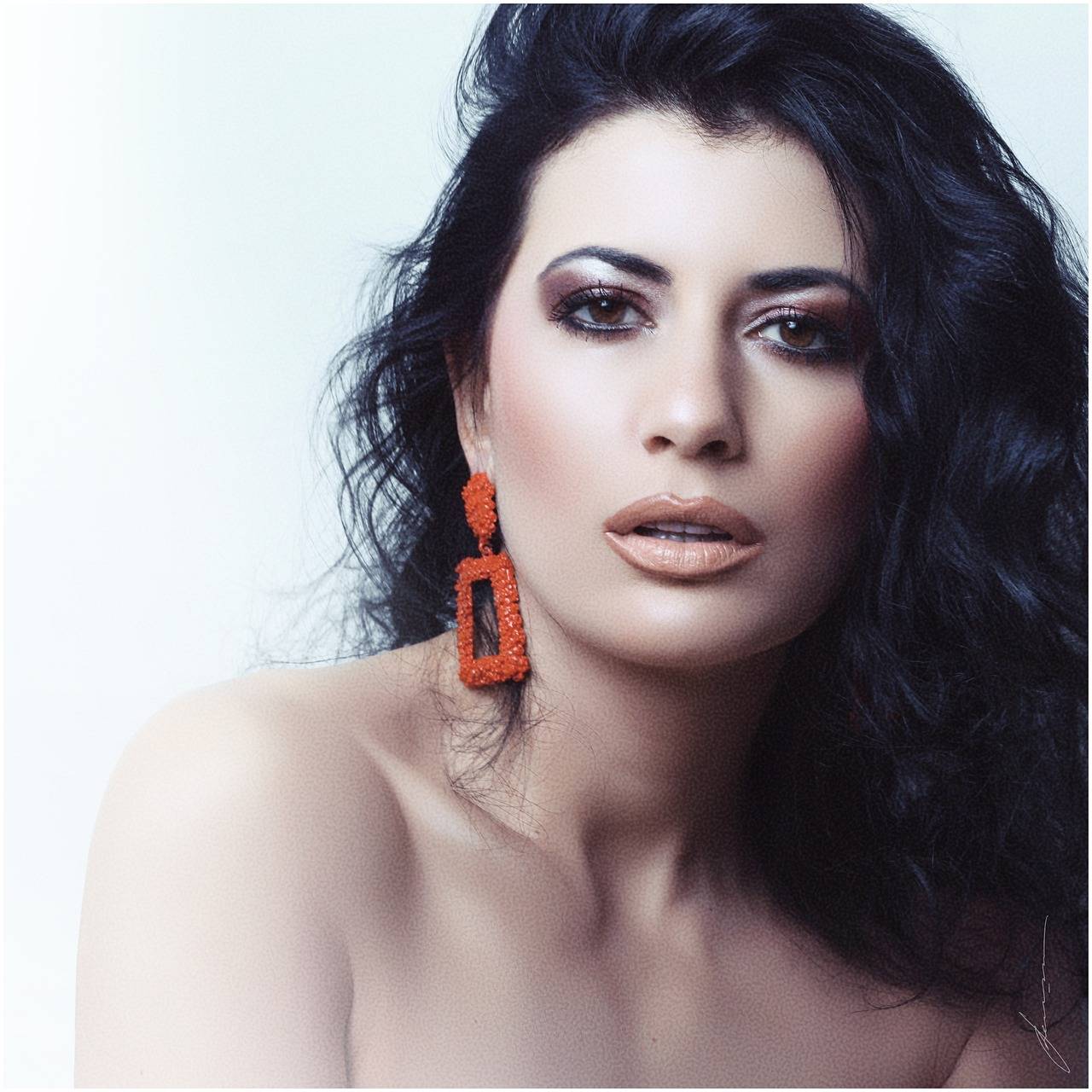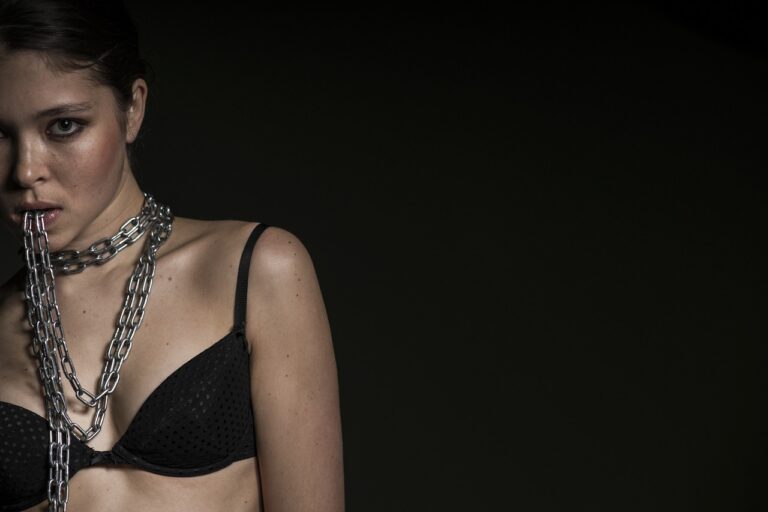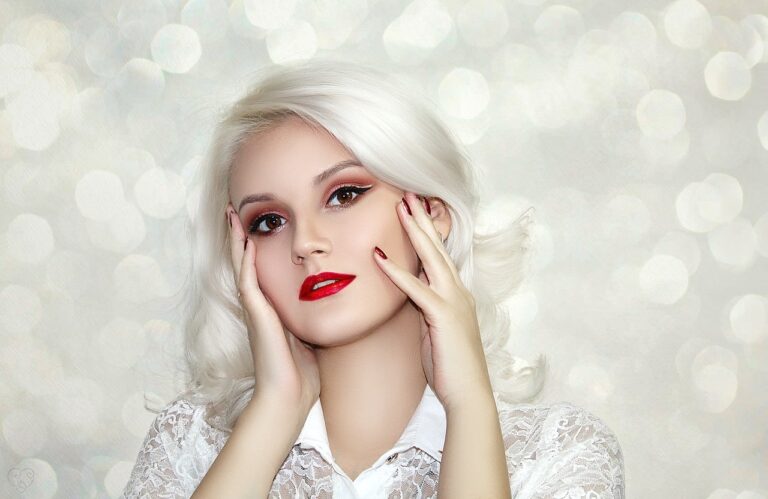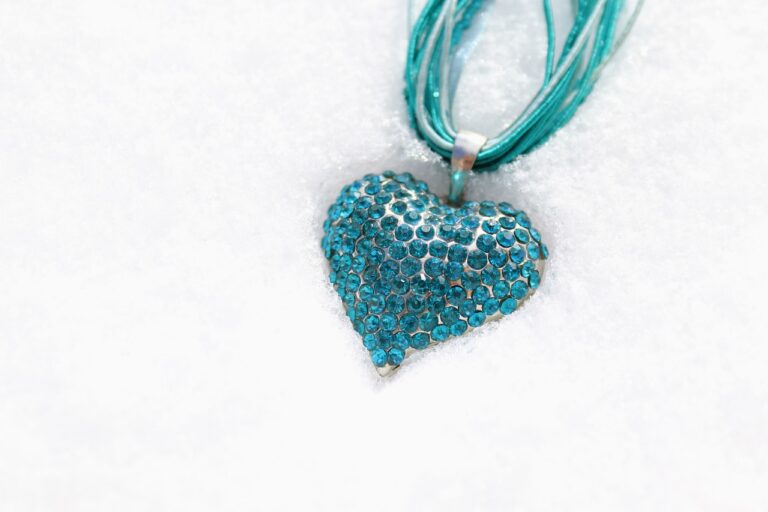Fashion and Disability Inclusion: Designing for All Body Types
Each person’s body is unique, and understanding the various body types is crucial in the world of fashion. From pear-shaped to apple-shaped, hourglass to athletic, there is a wide range of body shapes that individuals possess. When it comes to selecting the right outfit, knowing one’s body type can make a significant difference in how the clothes fit and enhance the overall look.
By recognizing and embracing the diversity of body types, designers and retailers can cater to a broader range of customers. Tailoring clothing to suit different body shapes not only promotes inclusivity but also empowers individuals to feel confident and comfortable in their own skin. Ultimately, acknowledging and accommodating various body types in the fashion industry can lead to a more positive and inclusive shopping experience for everyone.
Challenges Faced by People with Disabilities in Fashion
Facing limitations when it comes to finding fashionable and functional clothing is a common struggle for many people with disabilities. The lack of diversity in the fashion industry often leads to limited options that do not cater to the diverse needs of individuals with disabilities. From inaccessible clothing designs to the absence of adaptive clothing options, the challenges faced by people with disabilities highlight the need for more inclusive and accessible fashion choices.
Additionally, the lack of representation of people with disabilities in mainstream fashion campaigns and media further perpetuates the existing stereotypes and stigmas surrounding disability. This underrepresentation not only limits the visibility of individuals with disabilities in the fashion world but also reinforces the idea that disability is something to be hidden or ignored. As a result, people with disabilities continue to face barriers in accessing fashion that aligns with their personal style and functional requirements.
Are there any specific challenges faced by people with disabilities in the fashion industry?
Yes, people with disabilities often face challenges in finding clothing that fits properly, lacks adaptive features, and may not be represented in mainstream fashion campaigns.
How can the fashion industry better cater to people with disabilities?
The fashion industry can improve by offering a wider range of sizes and styles that accommodate different body types, including adaptive clothing options for those with specific needs.
Why is it important for the fashion industry to be more inclusive of people with disabilities?
It is important for the fashion industry to be inclusive of people with disabilities to promote diversity, representation, and empower individuals to express themselves through clothing.
What can consumers do to support greater inclusivity in the fashion industry?
Consumers can support inclusivity in the fashion industry by advocating for more representation, purchasing from brands that offer adaptive clothing, and promoting awareness of the challenges faced by people with disabilities.





